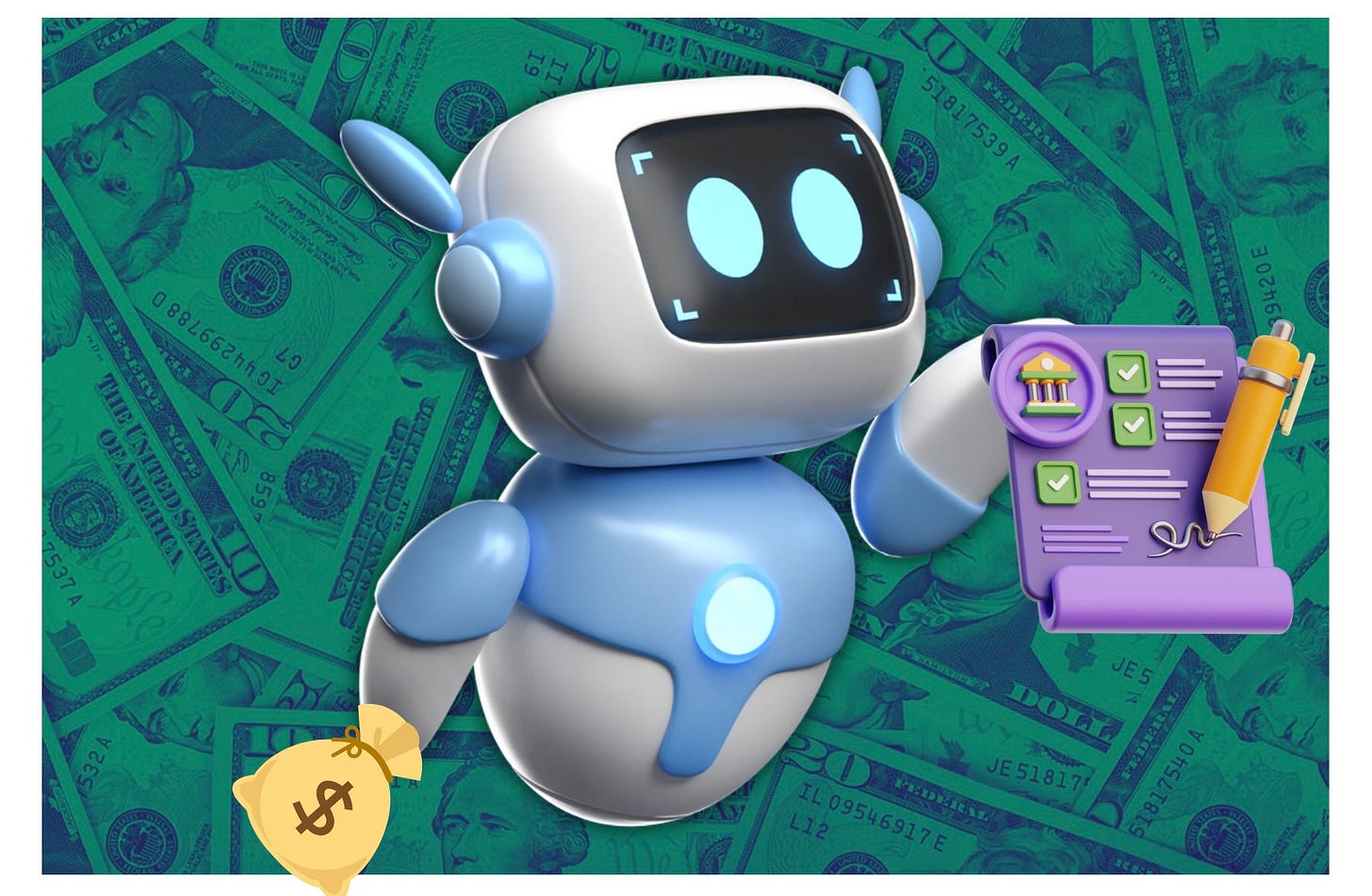A Wannabe 'Pixar of AI' is Signing Up Stars
Asteria Film wants to bring budgets down and backend to animation. Natasha Lyonne and Will McCormack are onboard. Still, reps have questions
Ashley Cullins writes about agents, lawyers and top dealmakers in entertainment for paid subscribers (every other Tuesday). She recently covered how Jason Blum thinks about deals, sequels and AI, the steep price of Saudi money for Hollywood and how WME and CAA podcast agents are scoring nine-figure deals. You can reach her at ashley@theankler.com
AI isn’t the future for Hollywood. It’s the present.
This was the theme of my recent conversation at the Montclair Film Festival, featuring director Michaela Ternasky-Holland, GK Digital Ventures CEO Greg Kahn, Cornell Law professor James Grimmelmann and Eric Kohn, head of development & strategy at Harmony Korine’s startup Edglrd. I’m delighted to be able to share that with you now. It’s available in The Ankler podcast feed, and I’m embedding it here as well.
One of the topics of our conversation — and this comes up in the normal course of speaking with lawyers, agents and executives — is about how talent can seize the creative and financial opportunities presented by AI. When Ternasky-Holland was offered the rare chance to use OpenAI’s Sora video AI tools, the first thing she asked herself was “How do I make this feel human? How do I make sure this unlocks a conversation?” She went on to make a story “in conversation with hand-drawn animation” ultimately using Sora “as a collaborator in the process.”
This perspective about how to think about AI is on the rise. So much of our focus (understandably) is on the major studios as well as the largest, best-capitalized AI tools they’re dabbling with, whether they admit it publicly or not. But what’s been missing from much of the AI debate is how differently people are thinking about the tech than they were even a year ago. (That $10 billion in AI cash about to flood entertainment in 2025 doesn’t hurt.)
A top talent lawyer tells me: “The same people who are terrified of AI are using it,” adding that it’s naive to think even writers who pushed back on the tech aren’t prompting LLMs with things like “give me ideas for the third season of such and such.”
One early convert: Bryn Mooser, CEO of the indie nonfiction TV and film studio XTR (Ascension, Daughters). Rather than risk having the emerging tech upend his business, in September Mooser acquired Late Night Labs, an AI film and animation startup based in Los Angeles, and formed Asteria Film (Greek for “starry one”). The company is backed by the major VC firm General Catalyst and has 30 employees. “We’re on this cusp of a massive technological shift,” Mooser says. “If you put that against a backdrop of a kind of broken Hollywood system, as seen in the strikes and consolidation, etc, it’s an exciting time to build something new.”
Asteria is in its nascent days, but it already has a slate in the works of live-action and animation films and series, including projects from Natasha Lyonne (Poker Face) and Will McCormack (If Anything Happens I Love You). “To have found partners working towards a vision that aims to center the artist and harness the tech correctly is significant and, to my mind, pretty important,” Lyonne tells me via email.
She has been open about her AI concerns but has put herself on the front lines as well, an exemplar of this new attitude about AI. “There is still much careful work to be done,” she writes, “but . . . if done correctly, it could open doors for visionaries to see their films realized in ways previously only accessible to very few gatekeepers.”
In a nutshell, Asteria is using AI to speed up projects and help human artists make better use of their time by using tech that’s trained on their work to do things like test out different visual concepts or convert storyboards to animatics.
The ultimate goal of all of this is to become the “Pixar of AI” and, in fact, they’ve hired some employees who were laid off from the storied company. (Not to say that established animation heavyweights like Disney, Pixar and DreamWorks aren’t using AI. They are.)
The tech helps them keep costs down, and Mooser tells me the sweet spot is under $10 million per project. That means they’re able to take risks on projects that wouldn’t see the light of day at a traditional studio — whether because they’re too expensive or not in line with that particular company’s current brand persona — and use an indie financing model that gives backend to creatives.
Of course, nothing is quite that simple in Hollywood, so I decided to take a closer look at Asteria’s plans and whether they could serve as a template for others as we move further into Hollywood’s AI era. In addition to Mooser and Lyonne, I spoke with Asteria’s head of development Justin Lacob (a Paramount alum and XTR’s cofounder) as well as impartial talent lawyers from Jackoway Austin and JSSK about Asteria’s model and how their clients are feeling about AI at the moment.
In this issue, you’ll learn . . .
How a potential new AI-based studio model could soon become the norm
How much time Asteria’s AI tools promise to shave off development — and the opportunities that creates for an indie studio to compete
How Asteria is trying to solve AI’s original sin
Why the company believes movies made with its AI tools will still be copyrightable
Asteria’s bold profit-participation model — and whether talent dealmakers think it can work
The major questions top lawyers ask before considering a backend deal
Why dealmakers say Hollywood’s attitudes about AI are changing




